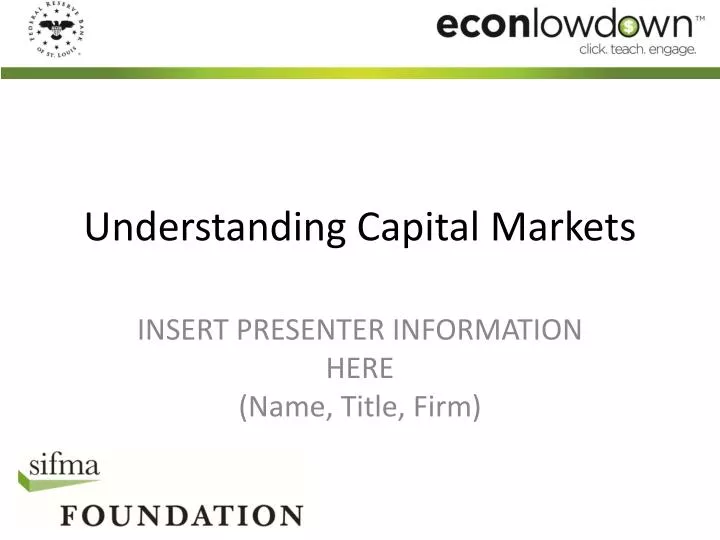Navigating Financial Boundaries in Friendships
September 13, 2024
Many people find themselves in challenging situations when friends frequently borrow money without repayment. This can lead to feelings of frustration and resentment. Understanding the dynamics of these relationships is crucial for maintaining both financial stability and friendship. While friendship is built on trust and support, financial interactions can complicate these bonds. The key is to navigate these waters carefully, ensuring that both parties feel respected and valued.
Recognizing the Signs of Financial Abuse
Financial abuse in friendships often manifests through continuous borrowing without intention to repay. Friends who take advantage of your generosity can undermine your emotional well-being. It’s essential to identify these patterns early to protect yourself. Look for signs such as repeated requests for money, lack of effort to repay, or an expectation that you will always help. These behaviors can create a toxic environment where one party feels exploited. Recognizing these signs is the first step toward establishing healthier boundaries. If you find yourself in this situation, consider discussing your observations with your friend or seeking advice from trusted individuals. This awareness can safeguard your mental health and financial stability, ensuring that your friendships remain positive and supportive.

Reflecting on Your Emotions
Before addressing the issue, take time to reflect on how lending money makes you feel. Are you feeling taken advantage of or anxious about your financial situation? Recognizing your emotions can help you communicate effectively and assertively. Journaling your thoughts or discussing them with a neutral party can provide clarity. Understanding your feelings is crucial, as it allows you to approach the conversation with a clear mindset rather than out of anger or frustration. This reflection can lead to a more constructive dialogue with your friend, where both parties can express their feelings openly. By acknowledging your emotions and concerns, you set the stage for a more honest and meaningful discussion about money matters in your friendship.
Setting Clear Boundaries
Establishing financial boundaries is essential in any relationship. Communicate clearly about your limits regarding lending money. Being firm yet gentle in your approach can help maintain respect while protecting your financial interests. Start by determining what you’re comfortable with—this might include specific amounts or circumstances under which you would lend money. When discussing these boundaries, use clear language and avoid vague terms. For instance, instead of saying, “I can’t help you right now,” consider saying, “I can’t lend you money this month.” This clarity helps prevent misunderstandings and sets a precedent for future interactions. Remember, setting boundaries is not about being unkind; it’s about ensuring that both parties maintain a healthy, respectful friendship.
Approaching the Conversation
Choose a calm and private setting to discuss your concerns with your friend. Use “I” statements to express how their borrowing affects you. This approach can foster understanding and open dialogue without putting them on the defensive. For example, you might say, “I feel stressed when I lend money because I’m worried about my own finances.” This method emphasizes your feelings rather than blaming your friend. Make sure to listen to their perspective, as this conversation is a two-way street. Encourage them to share their feelings about the situation, which can help both of you understand each other’s viewpoints better. This mutual respect can strengthen your friendship, even in difficult discussions. Being open and honest can lead to a deeper bond, where both parties feel heard and respected.
Exploring Alternative Support
If your friend is facing financial difficulties, consider offering support in non-monetary ways. Helping them find resources or providing emotional support can strengthen your friendship without compromising your financial stability. Discuss other ways you might assist them, such as helping them create a budget, connecting them with financial advisors, or offering advice on managing expenses. Emotional support can also be invaluable; sometimes, just being there to listen or provide encouragement can make a significant difference. This approach reinforces your commitment to the friendship while maintaining your financial boundaries. By focusing on alternative support, you demonstrate that you care about your friend’s well-being without jeopardizing your own financial security.
Evaluating the Friendship’s Worth
After discussing your boundaries, observe how your friend responds. If they respect your limits, it’s a positive sign of a healthy friendship. However, if they dismiss your concerns or continue to pressure you for money, it may be time to reevaluate the relationship and its impact on your life. Healthy friendships are built on mutual respect, and recognizing when a relationship becomes one-sided is vital. Consider whether the friendship brings more joy than stress. Reflect on the overall dynamics: do you feel supported, or is the relationship consistently draining? It’s essential to prioritize your well-being and make choices that foster positive connections. If the friendship isn’t meeting your needs, it may be worth contemplating whether it’s time to distance yourself or redefine the relationship.
Learning from Past Experiences
Reflect on past situations where lending money affected your friendships negatively. These experiences can guide your future decisions about financial interactions. It’s essential to learn from these encounters to avoid repeating the same mistakes. Think about the specific instances that led to discomfort or conflict. What were the key factors at play? By analyzing these situations, you can identify patterns in your behavior and your friends’ requests. This insight can empower you to make better choices moving forward. Additionally, sharing these experiences with trusted friends or family can provide further clarity and support. Learning from the past not only helps you set better boundaries but also fosters personal growth and resilience in your relationships.
Conclusion: Prioritizing Healthy Friendships
Ultimately, friendships should be mutually beneficial and respectful. If a friend prioritizes borrowing over your financial well-being, it may be time to reconsider the relationship. Protecting yourself and your resources is crucial for maintaining healthy, fulfilling friendships. Remember, it’s okay to prioritize your financial health without feeling guilty. Healthy relationships thrive on understanding and respect, and if those elements are missing, reevaluation may be necessary. By recognizing and addressing financial boundaries, you can cultivate stronger, more supportive friendships that enrich your life rather than complicate it. Embrace the journey of nurturing relationships that honor both your emotional and financial well-being.





